| T O P I C R E V I E W |
| Pierre |
Posted - 16/01/2011 : 18:11:57
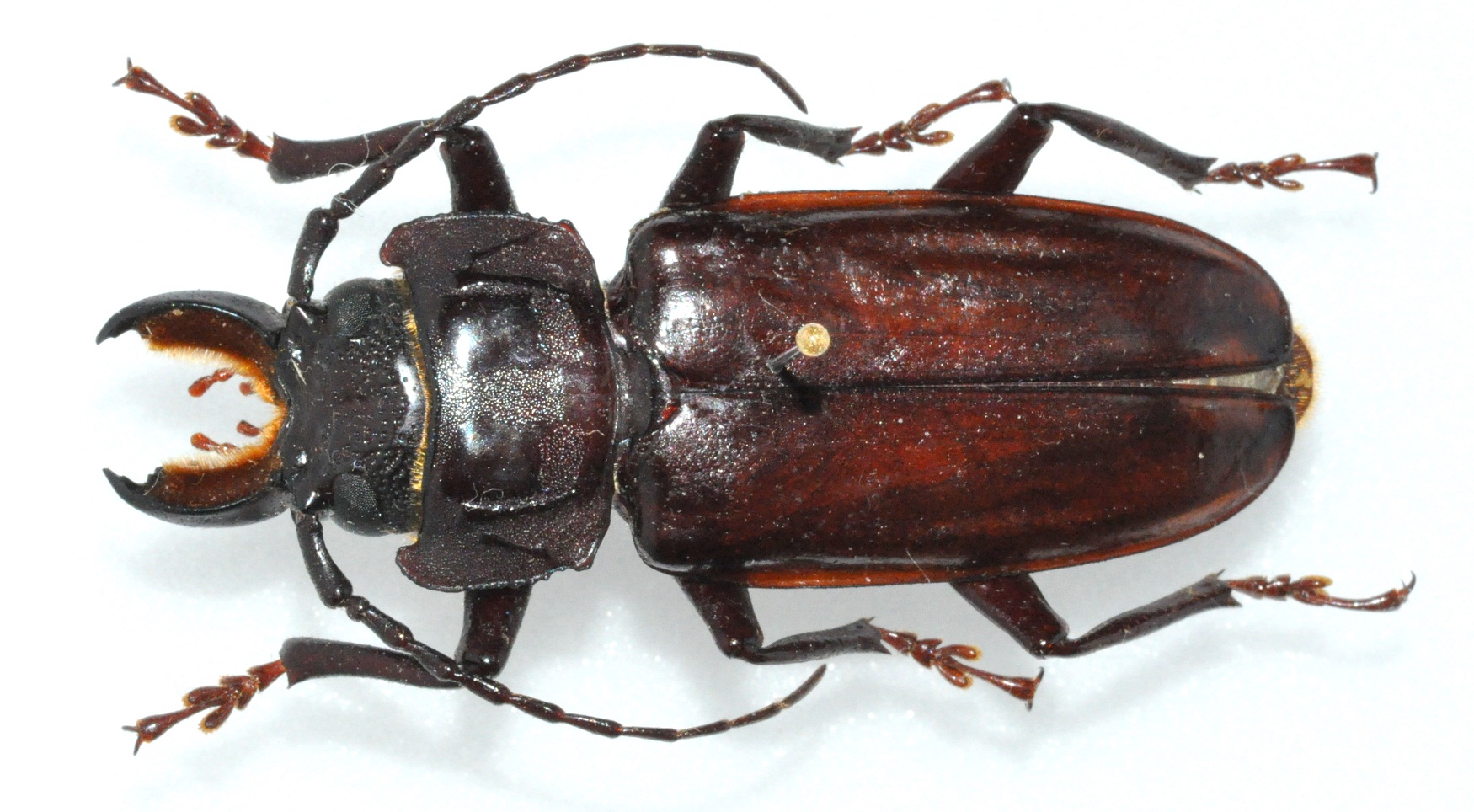
From Costa Rica, 43 mm.
I received it with the mention "spinibarbis"... but is this right?
Compared with the following which is supposed to be a spinibarbis also, one must be wrong. |
| 12 L A T E S T R E P L I E S (Newest First) |
| Pierre |
Posted - 30/10/2018 : 17:13:09
Ah... missed this. But a good news indeed. Thank you! |
| Francesco |
Posted - 30/10/2018 : 16:42:09
Small update: M. molarius is now considered as a synonym of Mallodon chevrolatii Thomson, 1867. |
| Pierre |
Posted - 17/01/2011 : 21:26:27
Ugly is not useless.
For spinibarbis, it was evident. Concerning molarius, I was hesitating but you confirm my impression. Thank you for your help. First I had been hesitating with posting these, the topic was seeming somewhat "basic" ... but seeing the number of confused determinations ... |
| Francesco |
Posted - 17/01/2011 : 20:17:05
Very interesting pictures: much better than my ugly drawings (it's not easy with photoimpact)  . .
Well: males of Mallodon molarius (Costa Rica) and Mallodon spinibarbis (Argentina). |
| Pierre |
Posted - 17/01/2011 : 20:05:38
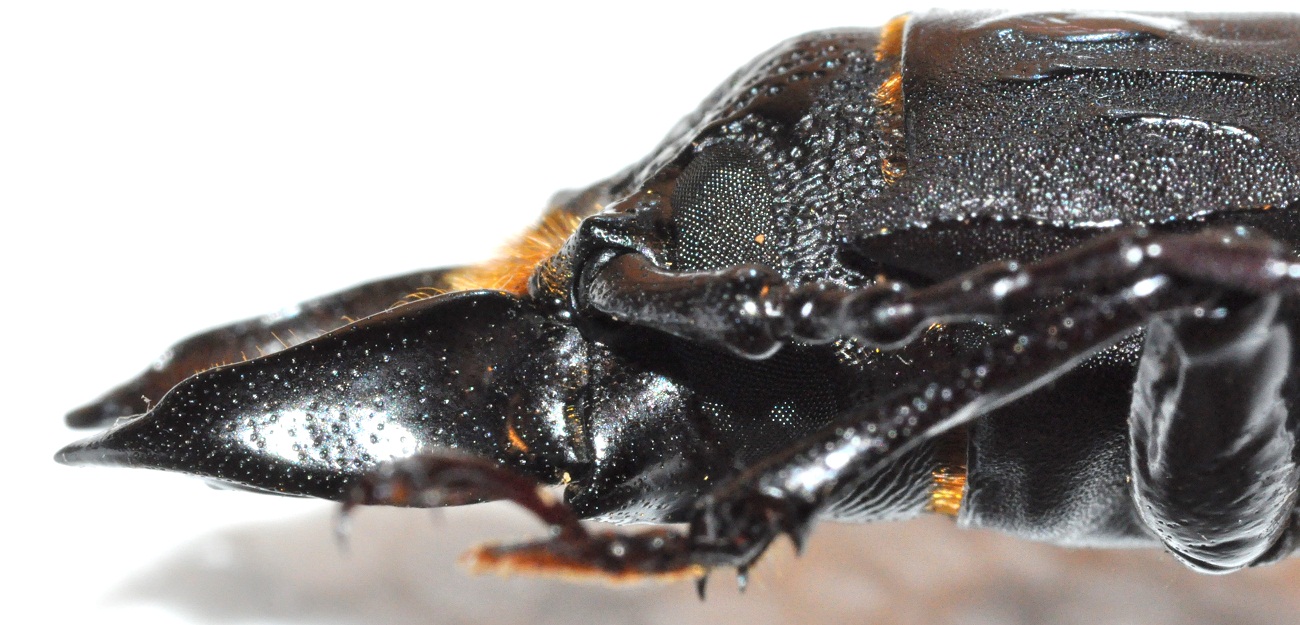
lateral view |
| Pierre |
Posted - 17/01/2011 : 20:04:45
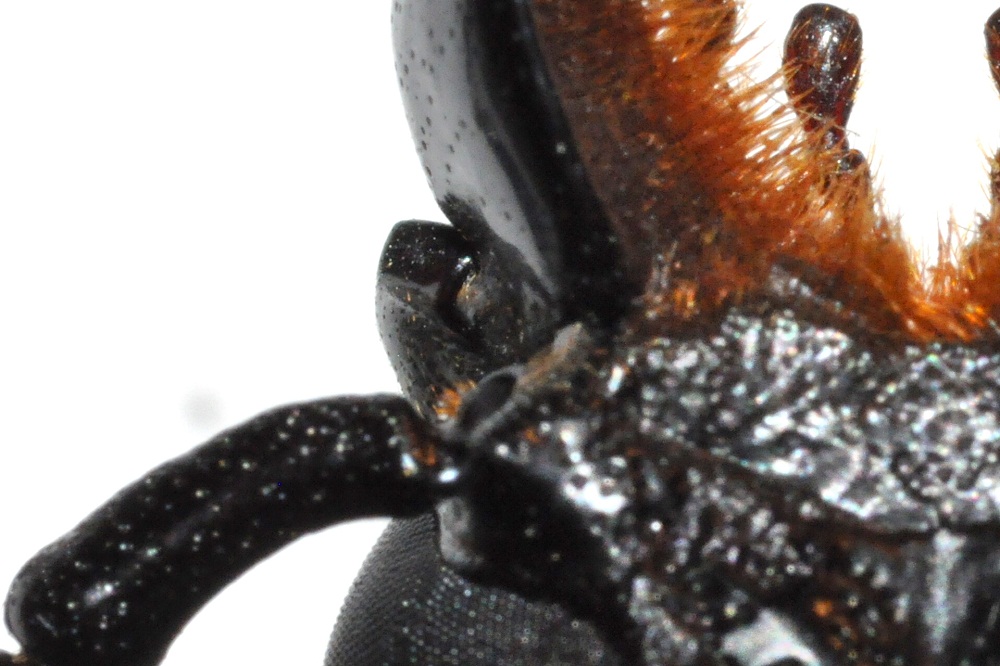
same |
| Pierre |
Posted - 17/01/2011 : 20:03:59
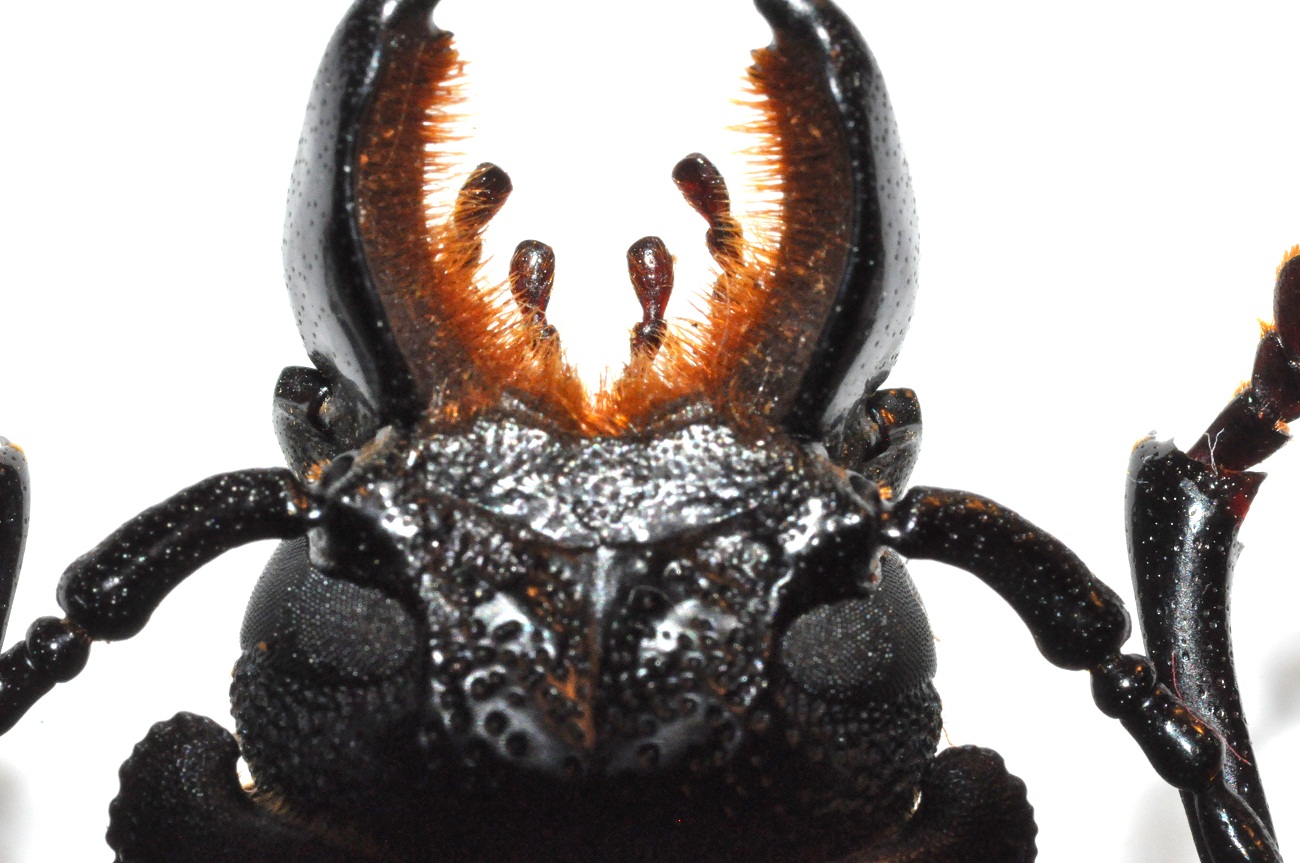
And the second (Argentina) |
| Pierre |
Posted - 17/01/2011 : 20:02:49

lateral view |
| Pierre |
Posted - 17/01/2011 : 20:02:00
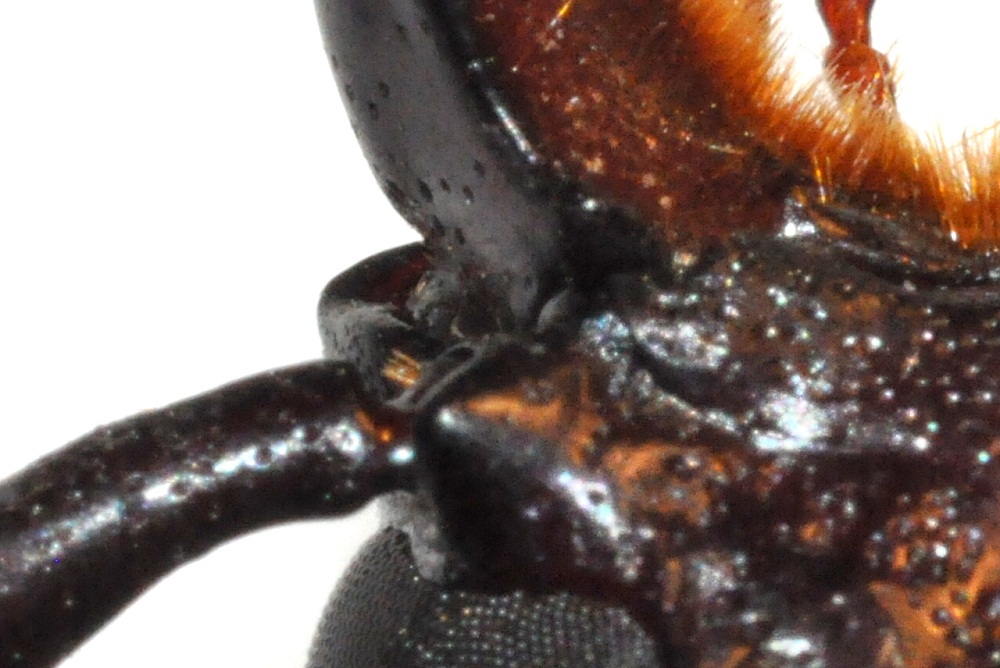
same |
| Pierre |
Posted - 17/01/2011 : 20:01:13
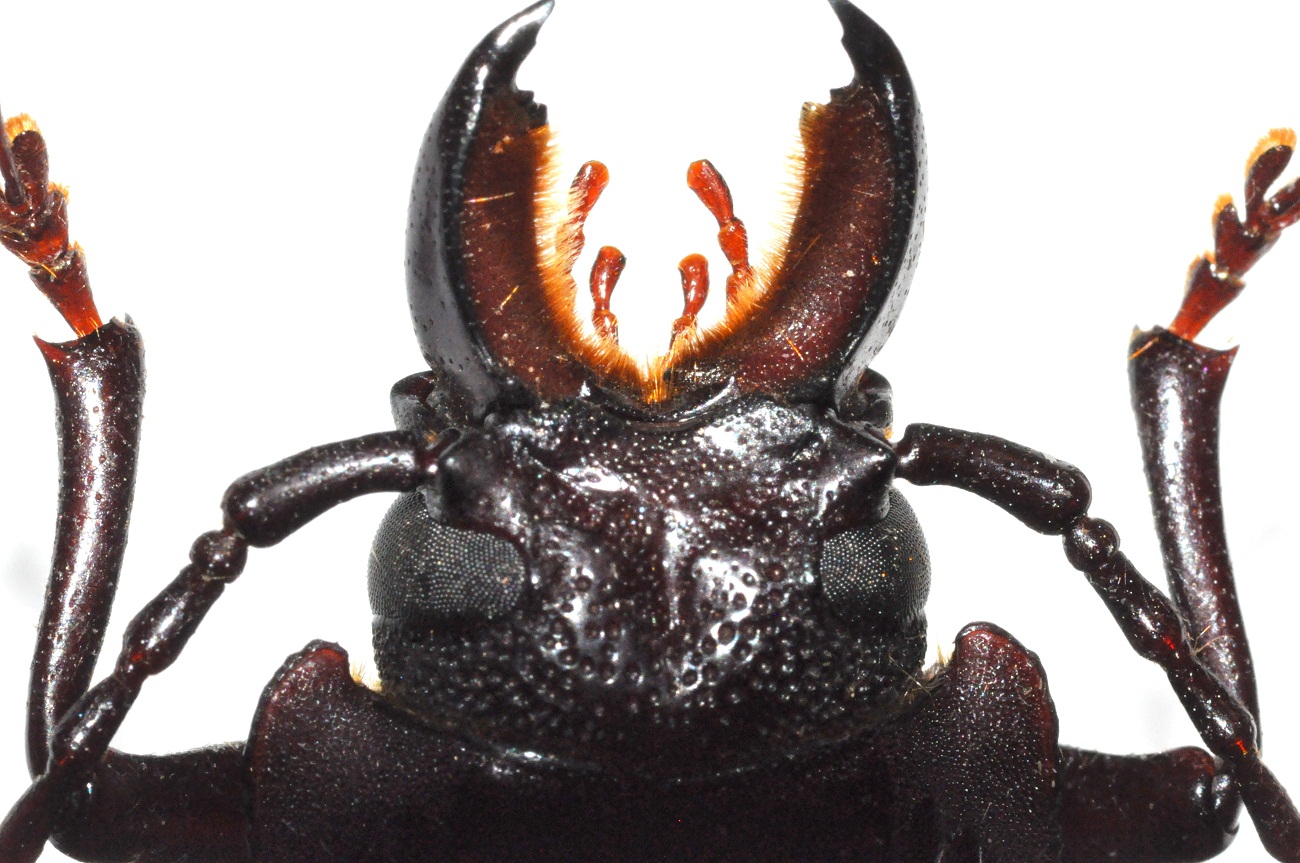
Well,in this case let's see: detail of the first one (Costa Rica) |
| Francesco |
Posted - 17/01/2011 : 13:35:06
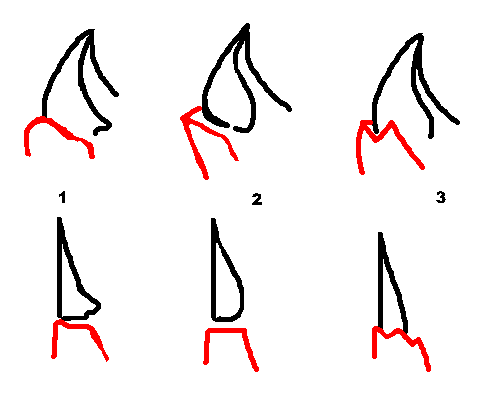
Dear Pierre; Prioninae, especially Mallodon, are very variable beetles; that's way a really large number of species, actually scarcely different forms, have been described. Still recently, two other species have been described, while other ones have been synonymised... we well see.
Actually, this genus includes three American species (molarius, spinibarbis and dasystomus) that may be identified through the observation of mandibles and genae. The other characters are questionable.
This fact is well know, but nobody has never furnished a picture in order to simplify this task.
In the image at left, you can observe the three different conditions (red gena, black mandible): 1. molarius chevrolatii; 2. spinibarbis; 3. dasystomus.
The images below are lateral views.
Of these species, only spinibarbis has a large distribution, the other ones being widespread in central America and in the Northern part of South America. |
| Pierre |
Posted - 16/01/2011 : 18:13:35
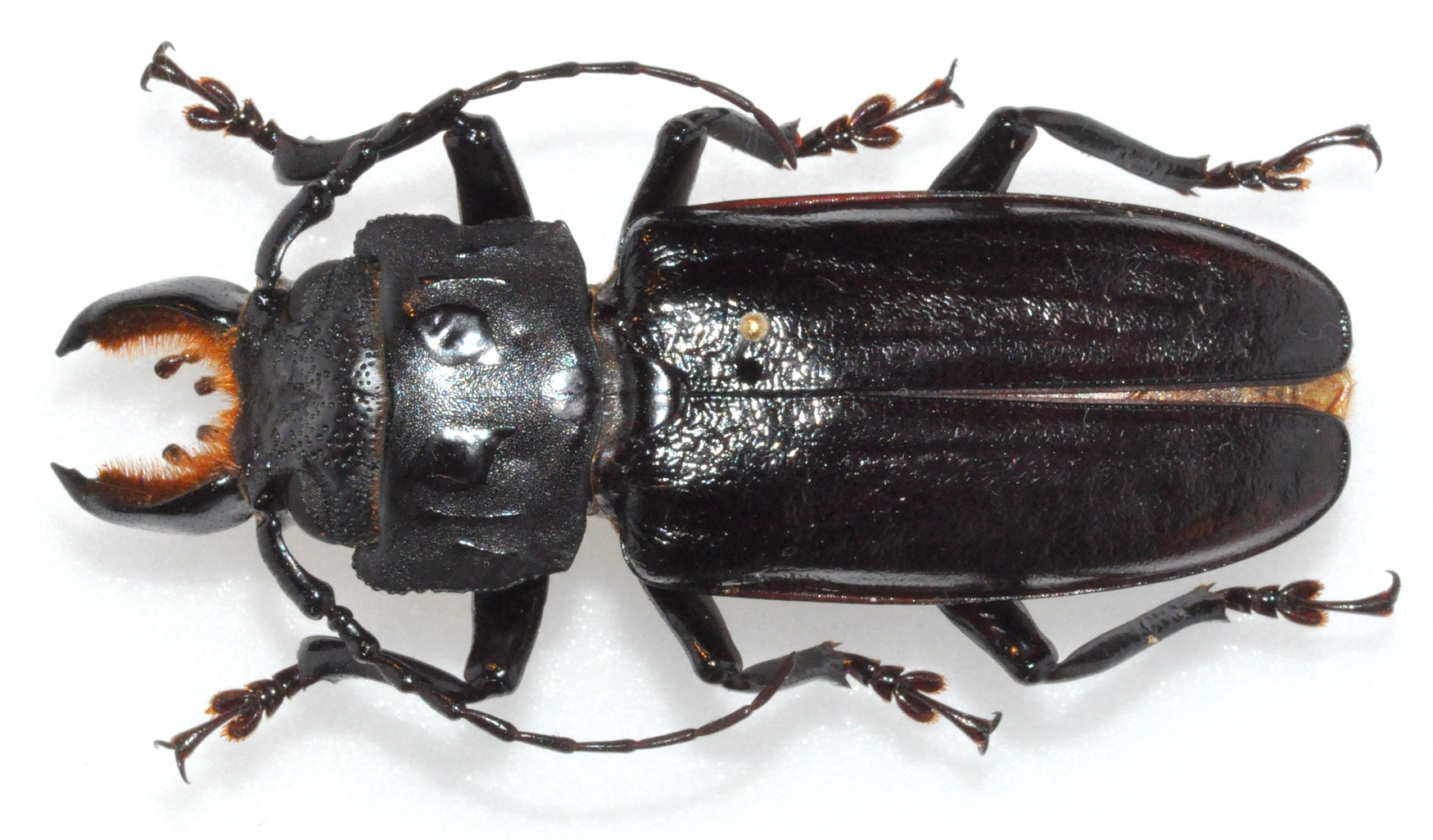
From Argentina, 50mm + mandibels. |


